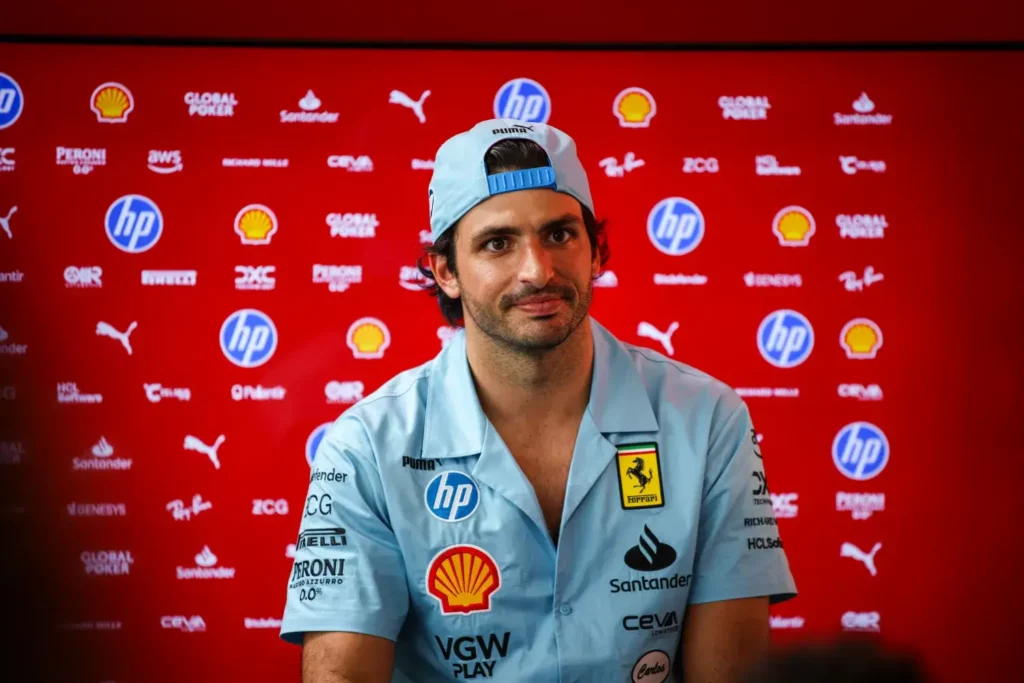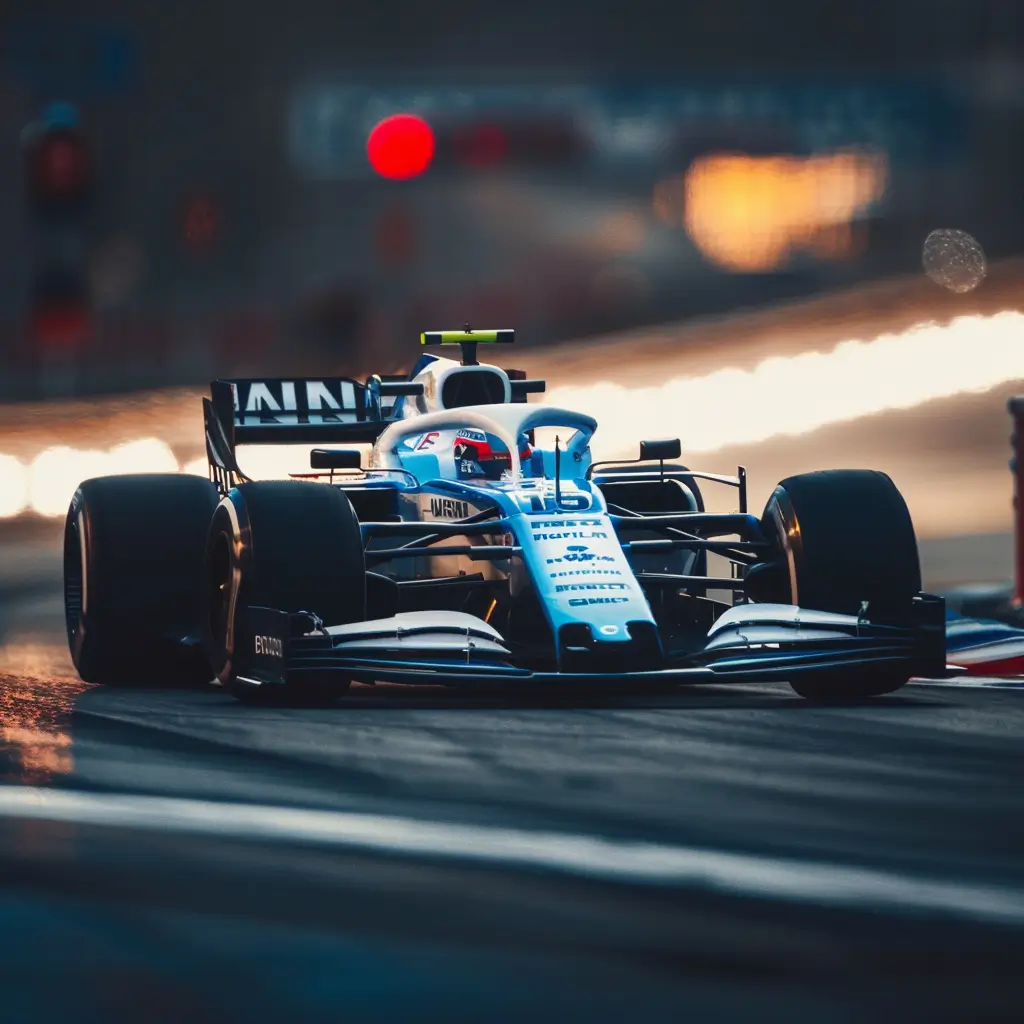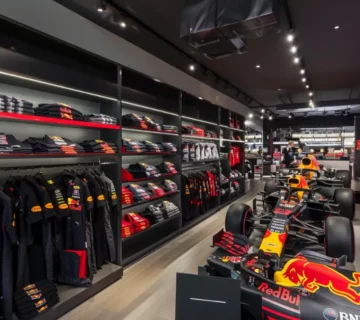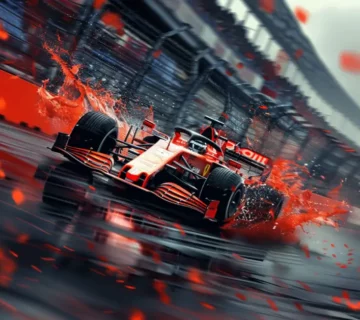Williams F1 is synonymous with success and innovation in Formula 1. It has experienced its share of highs and lows over the decades. The team’s journey has been remarkable, from dominating the grid in the 1980s and 1990s to struggling in recent years. As Williams continues to evolve, the signing of Carlos Sainz for the 2025 season signals a new chapter in the team’s storied history.
The Strategic Signing of Carlos Sainz
It was a significant move that captured the attention of the Formula 1 world. Williams F1 has secured the services of Carlos Sainz for the 2025 and 2026 seasons. The decision to bring Sainz on board is a bold statement from Williams, showcasing their intent to return to the front of the grid. Sainz, who has previously raced for Ferrari, McLaren, and Renault, brings a wealth of experience and a reputation as one of the sport’s most consistent performers.
The signing of Sainz comes after months of speculation about his future following Ferrari’s announcement that Lewis Hamilton would replace him in 2025. Williams faced stiff competition from other teams, including Alpine and Sauber, but ultimately secured Sainz’s signature. This acquisition is not just about adding a skilled driver to their roster. It’s about signaling a renewed ambition and a commitment to climb back to the top tier of Formula 1.
James Vowles, the team principal of Williams, expressed his excitement over the deal, describing it as a “strong statement of intent.” He highlighted Sainz’s race-winning pedigree and his ability to extract the maximum performance from the car as critical reasons for the signing. With Sainz joining forces with Alex Albon, Williams now boasts one of the most formidable driver line-ups on the grid, positioning them well for the upcoming seasons.

The Impact of the Sainz Signing on Williams’ Future
Carlos Sainz’s arrival at Williams significantly shifts the team’s trajectory. While Williams has struggled in the constructors’ standings in recent years, Sainz’s addition could propel the team back into contention. Sainz’s experience and expertise will enhance the team’s performance on the track and provide valuable insights into car development, especially as the sport approaches the significant regulation changes set for 2026.
Sainz’s decision to join Williams over other potential suitors like Alpine and Sauber-Audi is a testament to the team’s growing appeal under Vowles’ leadership. Despite the team’s recent struggles, Sainz’s commitment underscores the belief in Williams’ long-term project and their ability to return to winning ways eventually.
The Sainz-Albon partnership is expected to bring a new dynamic to Williams. Albon has been with the team since 2022. He has already shown his potential and resilience. Pairing him with a seasoned driver like Sainz could push both to new heights. This combination of experience and youthful energy is the perfect mix as Williams navigates the challenges of the coming seasons.
Behind the Scenes: Williams’ Road to Recovery
Williams’ resurgence is not just about acquiring top-tier talent like Carlos Sainz. The team has been undergoing a comprehensive overhaul behind the scenes, with significant investments in infrastructure and technology to modernize their operations. Under the leadership of James Vowles, who joined Williams after a successful stint as the strategy director at Mercedes, the team has been steadily building the foundations for a return to competitiveness.
One critical aspect of this transformation is the ongoing development of the team’s facilities and working practices. Williams has been focused on upgrading its factory and engineering capabilities to match the demands of modern Formula 1. These efforts are crucial as the team prepares for the new regulations 2026, which will change chassis and engine designs.
Furthermore, Williams’ continued partnership with Mercedes for power units is expected to play a vital role in their quest to move up the grid. Mercedes’ engines have been among the best in the sport since introducing hybrid-turbo power units in 2014, and their expertise will be instrumental as Williams aims to capitalize on the new regulations.
The Sainz Signing: A Vote of Confidence
Many see Carlos Sainz’s decision to join Williams as a vote of confidence in the team’s future. The Spaniard was initially linked with potential moves to top-tier teams like Red Bull and Mercedes. However, these teams’ lack of available seats led him to consider other options. Ultimately, Sainz chose Williams over other midfield teams, signaling his belief in the team’s direction.
This move reflects Sainz’s strategic decision to align himself with a team on the rise rather than one currently struggling, like Sauber-Audi. Sainz’s faith in Williams and its leadership under Vowles indicates that the team is making significant strides in its recovery efforts.
What the Future Holds for Williams F1
Williams continues its journey back to the front of the grid. Carlos Sainz’s signing is just one piece of the puzzle. The team’s long-term success will depend on its ability to develop a competitive car under the new regulations and attract top talent on and off the track.
The next few years will be crucial for Williams as they aim to build on the momentum generated by recent signings and investments. With Sainz and Albon leading the charge and a renewed focus on innovation and development, Williams is well-positioned to shape the future of Formula 1 once again.





No comment